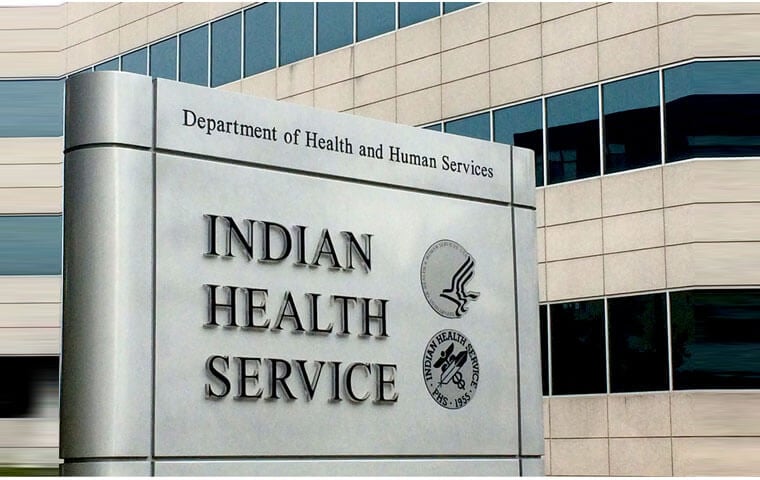 Facilities have a median age—where half are above and half below—of 39 years. Image: GAO file photo
By: FEDweek Staff
Facilities have a median age—where half are above and half below—of 39 years. Image: GAO file photo
By: FEDweek StaffThe Indian Health Service rates three-fifths of its medical facilities as in only fair to poor condition, says a GAO report that further said GAO could not assess the state of the medical equipment in those facilities due to a lack of complete and reliable information.
While the goal is to have 90 percent of the facilities—including hospitals and smaller health care centers—rated in excellent or good condition, only 21 percent are rated excellent and 18 percent as good, while 32 percent are deemed as only fair and 29 percent as poor, said a report. One contributor, it said, is that the facilities have a median age—where half are above and half below—of 39 years.
Older facilities “may have insufficient space for modern health care delivery needs and outdated infrastructure that can fail and lead to facility closures,” it said, and “can negatively affect patient care. For example, overcrowded waiting areas or facility deficiencies like uneven walkways can increase the risk of patient infections or injuries.”
GAO said that IHS officials told it that “funding constraints and other challenges, such as maintaining adequate staffing levels, limit their ability to repair and improve their medical facilities.”
Regarding equipment, GAO said that while IHS policy requires facilities to maintain inventories, not all facilities in the three areas it audited are doing so, and “when equipment was recorded, the data, such as the installation date, were not always accurate.”
Without full and accurate information, “IHS cannot appropriately plan and budget for its equipment needs, putting its ability to deliver high quality health care at risk . . . broken medical equipment or having to refer patients to other facilities could lead to delays in care—potentially exacerbating patients’ medical conditions,” it said.
GAO said that IHS agreed with recommendations to assess the extent of medical equipment data problems, put in place a corrective plan, and regularly monitor adherence to equipment inventory requirements. It also noted that it had raised concerns about the state of IHS facilities in a 2016 report, as did a report that year by the inspector general’s office at the parent HHS.
Senate Eyes Vote to Pay Federal Employees Working Unpaid
Series of Bills Offered to Address Shutdown’s Impact on Employees
Public Starting to Feel Impact of Shutdown, Survey Shows
OPM Details Coverage Changes, Plan Dropouts for FEHB/PSHB in 2026
Does My FEHB/PSHB Plan Stack Up? Here’s How to Tell
2025 TSP Rollercoaster and the G Fund Merry-go-Round
See also,
TSP Takes Step toward Upcoming In-Plan Roth Conversions
5 Steps to Protect Your Federal Job During the Shutdown
Over 30K TSP Accounts Have Crossed the Million Mark in 2025

